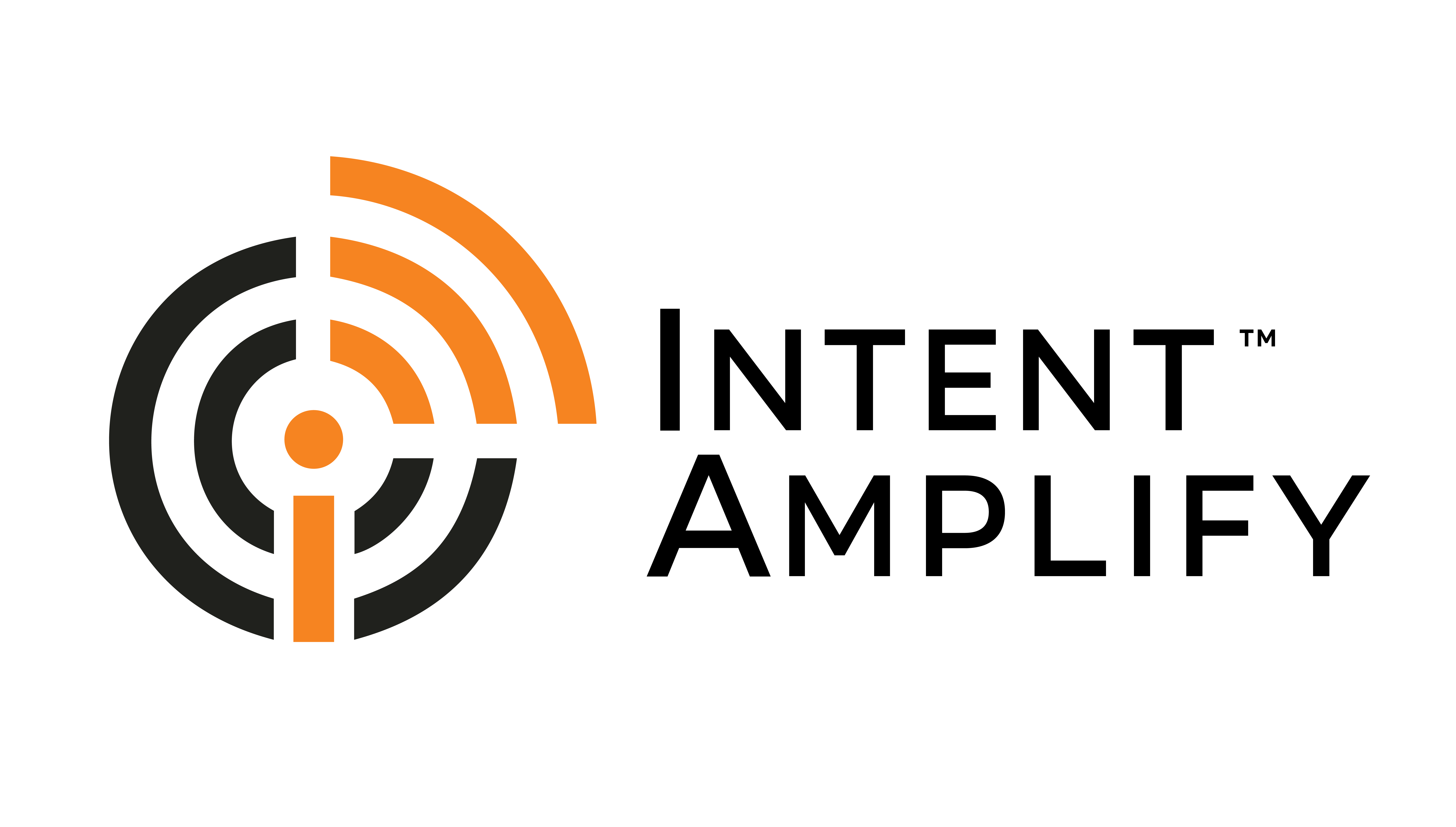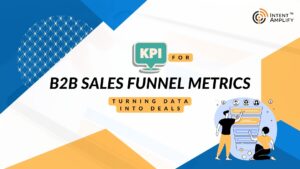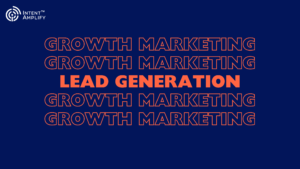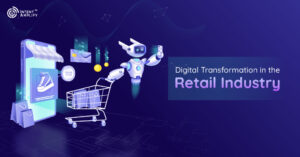
Guide to Successful B2B Demand Generation Campaign: 2023
What Is Demand Generation?
Successful marketing campaigns rely heavily on Demand Generation. The primary goal is to raise brand recognition and ultimately revenue. This article looks into the fundamentals of a complete demand generation campaign, strategies, importance, best practices, and many more.
A lot can be done to improve the customer experience through an effective demand-generating campaign. The goal is to increase product awareness and demand while providing actionable leads for the sales team to follow up on. Firstly let’s discuss what demand generation campaigns are.
What Is a Demand Generation Campaign?
Companies often employ a data-driven marketing strategy known as a demand generation campaign to increase awareness and generate interest in their products or services. The primary objective is to provide relevant content and facilitate meaningful conversations at every stage of the customer journey. It is imperative to consider every touchpoint in your demand generation campaign.
To develop a thriving demand generation strategy, what steps should one take? To begin, it is important to clearly comprehend the demand generation funnel.
Demand Generation Funnel
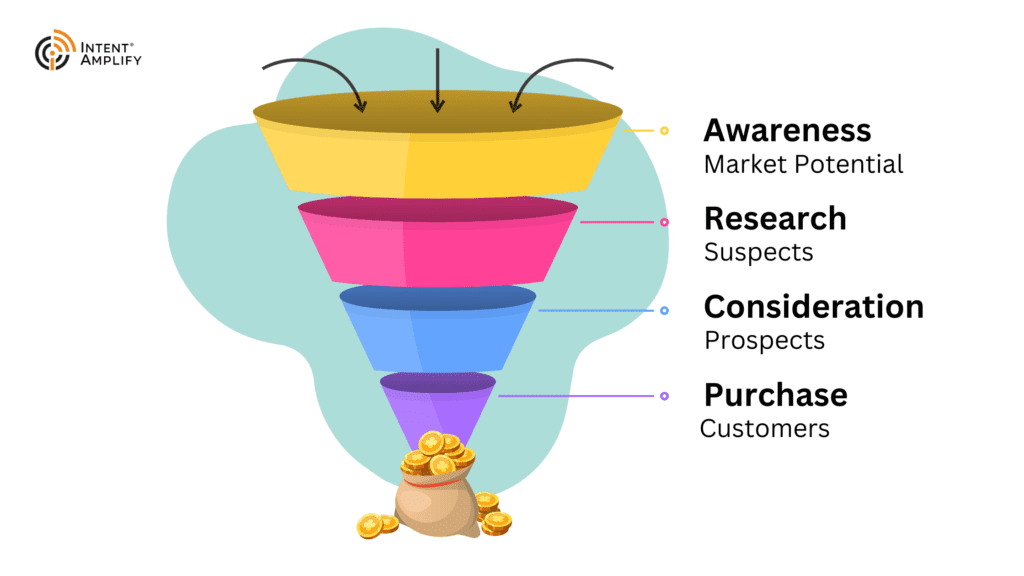
The demand generation funnel is a valuable tool for crafting targeted messaging and content that resonates with your desired audience. By understanding the needs of potential customers at each stage of their journey, you can develop targeted strategies and create relevant content to meet their specific needs.
The primary objective of your campaign is to create a surge in demand. The primary focus lies in capturing attention rather than converting. Lead generation campaigns are responsible for that.
Regarding the demand generation funnel, the main focus lies in various aspects such as:
Substantiate your Goals: Setting realistic goals is essential to success. Goals guide progress and keep you focused. By setting goals, you can plan and track your progress. Setting objectives can help you succeed in life and work.
- Determine your audience: Understanding your audience is crucial in crafting effective communication that connects you with your target and potential audiences.
- Creating demand for your products/services: As a seller, it is your responsibility to bring to light the issues that your audience may not yet be aware of. By raising awareness, you can help them better understand and address these challenges through your offerings.
- Create educative content: Once your audiences are aware of your product and know that it might be useful for them, they need proper guidance and knowledge about how your product/services are going to serve their pain points and how would it benefit them.
- Establish a two-way communication channel: Communicating with your audience, and letting them speak up about their pain points will establish trust, and authority among your target audiences. This will enable you to build a strong presence among your audience as well as potential audiences.
- Lead Magnets: This point serves as the designated drop-off point for demand-generation campaigns. After successfully creating demand, it’s now time to shift focus toward your lead generation campaigns.
- Analytics: Once the campaigns are live it’s time for you to analyze the metrics which will assist you in knowing if the campaigns are on the right track or not. Reactions to the campaign, the status of a form opened or filled, everything can be tracked through it.
By implementing the above-discussed funnel you can keep the right track on the success of your campaign and if the campaign is not up to the mark then improvise it accordingly.
Importance Of Demand Generation Campaign
Demand generation generates brand interest like attraction marketing. Its benefits go beyond emotions but apart from just emotions it also has several benefits and importance. Read the importance of Demand Generation below:
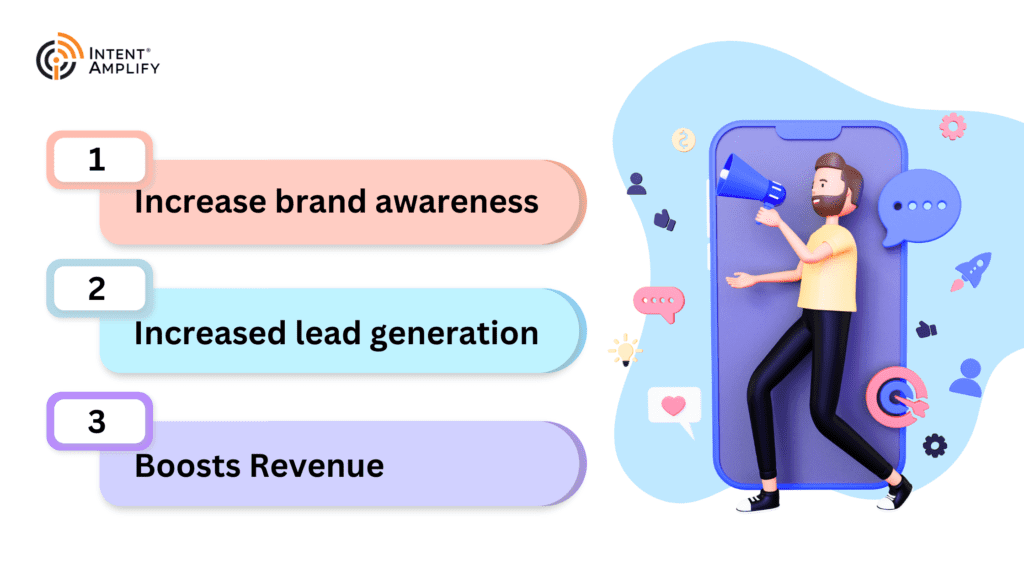
Increased Brand Awareness of Demand generation campaign
Demand generation campaigns are sophisticated tools that not only drive traffic to your website but also enhance user engagement. Using professional inbound advertising strategies can set your brand apart. Even if potential customers don’t need your product yet, consistent exposure can help. Share thought leadership articles, speak at industry events, and get mentioned online. This builds trust and recognition over time. These sustained efforts to generate interest can pay off through increased credibility and authority.
By implementing the demand generation campaign, your website will experience an immediate surge in traffic from engaged and curious visitors. Another white paper or a research report can accomplish that. Like all mindfulness-based approaches, transient development is just one aspect of the larger picture. In due time, your product or service will experience sustained demand as companies recognize its value proposition.
Increased Lead Generation
While lead generation is a subset of demand generation, a proficiently implemented demand generation strategy can result in a substantial increase in leads.
When executed effectively, demand generation strategies have the ability to populate the upper portion of the sales funnel with a consistent flow of fresh and promising leads. A specific proportion of these leads may promptly convert into leads of exceptional quality. Lead nurturing duration can vary significantly based on your industry and the products or services you offer. Sometimes, it may take several months or even years to effectively nurture a lead.
For businesses with seasonal or sporadic sales cycles, we recommend taking a look at our latest blog post on generating leads with more consistency.
Boosts Revenue
Generating a higher number of qualified leads can directly impact your revenue in a positive way. Online demand generation is a revenue strategy that can yield results in both short and long-term plans. By building your pipeline, nurturing it, and establishing a consistent rapport with your audience, you can expect to see results not only within a few months but also over the long term.
Effective Strategies for Demand Generation
Account-Based Marketing Campaigns
In the realm of marketing, Account-Based Marketing (ABM) campaigns are designed to target a specific audience segment with a highly-focused approach. By coordinating marketing efforts across various channels and tactics, ABM campaigns aim to maximize impact and engagement with the intended audience. When implementing an account-based marketing strategy, it is crucial to be highly targeted in your approach. This involves identifying the specific industry, companies, and even individuals that you wish to target before initiating any outreach efforts. By doing so, you can ensure that your marketing efforts are precise and effective in driving demand.
An effective ABM campaign typically involves a range of outbound activities, including email marketing, LinkedIn ads, InMail, and direct mail. In addition, it is recommended to direct your audience toward personalized landing pages that feature tailored content or relevant case studies.
Webinars
Webinar is an effective way to establish yourself as a thought leader in your industry and expand your list of potential customers. Webinars can serve as an excellent alternative to live events, especially if your audience is still hesitant about attending social gatherings in the aftermath of the quarantine period. Incorporating webinar content into your marketing strategy can prove to be highly beneficial for your target audience. By addressing common industry pain points or introducing a new product, webinars can provide valuable insights and knowledge to your viewers. To enhance the effectiveness of your approach, consider conducting interviews with providers of complementary solutions and influential figures within your industry. By utilizing this approach, individuals can effortlessly broaden their reach and connect with a wider audience at a time.
Blogs
Long-term awareness and relationship building are based on blogs that are full of insightful, practical information, address the audience’s pain areas and pique their interests.Blogging is widely regarded as one of the most effective content marketing strategies. It enables you to enhance your online presence, attract relevant traffic, engage with your audience, and motivate them to access valuable resources, such as webinars or downloadable content.
Blogs can effectively target your audience throughout the entire buying process. At the initial stage of the content marketing funnel, they prove to be highly beneficial.
Lead Magnets
These are popular marketing strategies used by businesses to attract potential customers and generate leads. These are highly effective tools for generating demand in marketing, particularly when combined with blogging and search engine optimization (SEO). Incorporating high-value downloadable content into your content marketing strategy can be highly effective in engaging your target audience. By providing content that is tailored to their specific needs and interests, you can capture their attention and keep them coming back for more.
One effective strategy for garnering media attention, broadening your audience, boosting online shares, and enhancing website traffic is through conducting original research. Once you have established a connection with your audience, it is essential to keep them engaged and interested in your brand. One effective way to achieve this is by utilizing marketing automation sequences. These sequences enable you to maintain regular touch points with your audience and keep them engaged with your brand.
Attending Events
Attending in-person events provides industry professionals with a valuable opportunity to connect with peers, gain access to the latest industry insights, and receive guidance from renowned experts in their respective fields. Participating in industry events or hosting branded events can help your company establish and strengthen important relationships.
Attending conferences can provide your brand with a distinctive edge by offering unparalleled opportunities for creating exceptional experiences. Incorporating eye-catching elements into your booth can be an effective way to draw in potential customers and initiate conversations. Amidst the COVID-19 pandemic, it is possible to explore innovative ways of organizing virtual events. To optimize your digital presence, it’s wise to leverage the effectiveness of various digital tools, templates, and video content.
Podcast Marketing
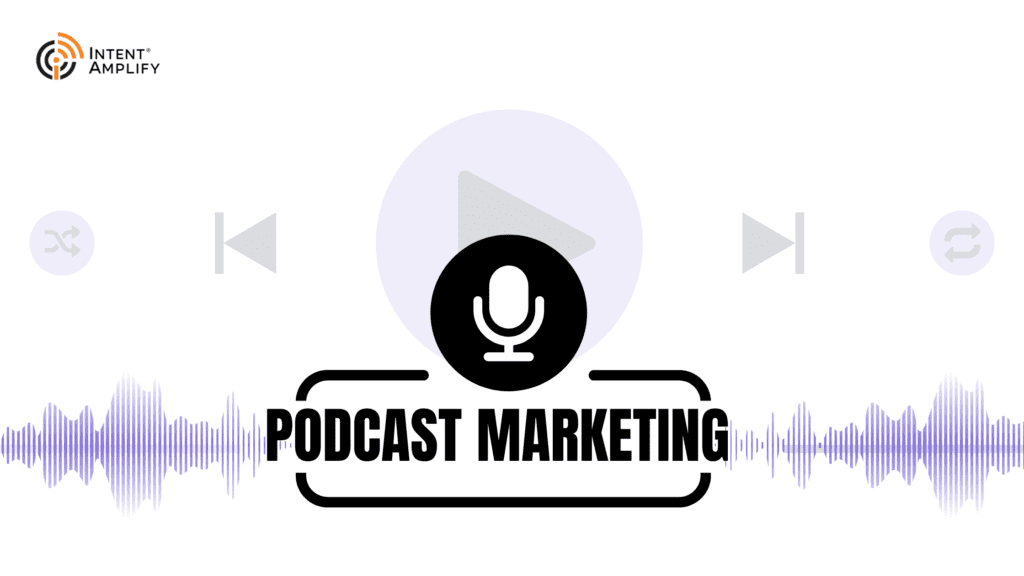
Podcasts are an efficient method to engage your audience for a significant amount of time. This is because the podcast format is designed to cater to listeners who are already accustomed to dedicating their amount of time to tune in. Moreover, the realm of podcasting is yet to reach its content saturation point. Podcasting can be a highly effective strategy for various industries to establish themselves as thought leaders, create a consistent brand presence, and initiate a connection with their target audience. Additionally, due to its relatively low competition, podcasting can be a cost-effective means of achieving these goals.
Video Marketing
Implementing videos is a highly effective means of engaging and motivating your viewers in a profound and captivating manner. This tool serves as an effective branding mechanism and also functions as a robust demand generation platform. Utilizing videos can be a highly effective strategy for enhancing brand recall among your audience. This is due to the fact that visual content is retained at a significantly higher rate compared to text-based content.
Direct Mail
Direct mail is a popular marketing technique that involves sending promotional materials, such as postcards, letters, or brochures, directly to the mailboxes of potential customers. This approach is designed to capture the attention of the target audience and encourage them to take action, such as making a purchase or visiting a website. By leveraging the power of direct mail, businesses can effectively reach their target market and drive sales.
This method allows businesses to target specific demographics and can be an effective way to generate leads and increase sales. Direct mail campaigns can be personalized and tailored to the recipient, making them more likely to engage with the content. However, it is important to carefully plan and execute a direct mail campaign to ensure it is cost-effective and delivers the desired results.
Social Media Campaigns
Social media campaigns are a popular way to promote a cause or product through social media platforms. These campaigns often involve creating and sharing content that is designed to engage and inspire a specific audience. Social campaigns can take many forms, including hashtags, challenges, contests, and more. The goal of a social campaign is to raise awareness, drive engagement, and ultimately achieve the desired outcome. With the right strategy and execution, social campaigns can be a powerful tool for businesses and organizations looking to connect with their target audience and drive meaningful results.
By running social media campaigns that highlight your content and encourage interaction, you can foster meaningful connections with your followers. By keeping a close eye on keywords that are associated with the issues that customers face, your brand can proactively offer assistance whenever someone requires a solution that you can offer.
Public Relations Campaigns
Public relations campaigns are a vital aspect of any successful marketing strategy. These campaigns are designed to enhance a company’s reputation and build a positive image in the eyes of the public. Through various tactics such as media relations, social media engagement, and community outreach, PR campaigns aim to create a strong and favorable perception of a brand. By effectively communicating a company’s values, mission, and achievements, PR campaigns can help to establish trust and credibility with consumers, ultimately leading to increased brand loyalty and business success.
Influencer Marketing
Collaborating with influencers with dedicated and enthusiastic followers can be a valuable strategy for your brand. Micro-influencers are known to yield superior campaign outcomes owing to their intimate and genuine rapport with their followers. It is advisable not to concentrate solely on the number of followers, but instead, give more importance to the engagement rate and quality.
It is important to ensure that your endeavors have the ability to scale up, thereby increasing their overall impact.
Search Engine Optimization of the Website
By implementing SEO strategies in your marketing efforts, you can align your brand messaging with the thought process of your target audience. This involves conducting thorough research to identify relevant keywords and analyzing search intent to optimize your content accordingly. Moreover, enhancing the visibility of your brand can broaden your audience and foster increased awareness.
To ensure that each content piece is optimized for search engines, it is recommended to conduct thorough keyword research, perform on-page optimization, and include relevant internal links. By considering your content from an SEO lead generation perspective, you can optimize your efforts for maximum return.
Wrapping Up!
Act now, before it’s too late, and see your business propel at the right time!
